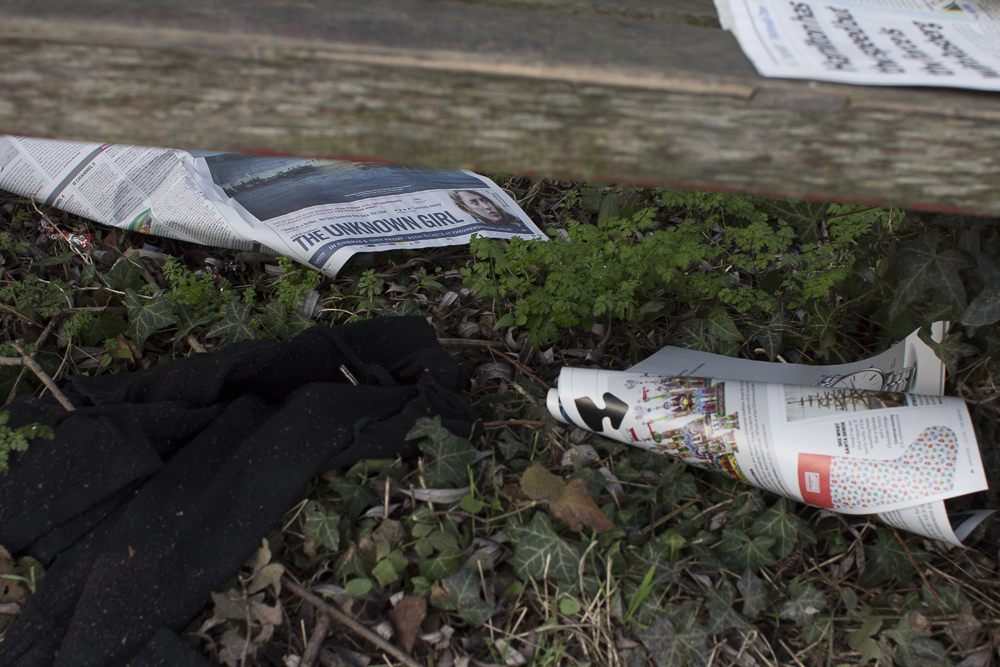The documentary photograph is mute. It doesn’t tell us anything; rather it shows something. But it shows it in a way that offers the viewer the possibility of connecting with it and starting to ascribe meaning to the photograph.
(Navarro 2012 p20)
A documentary [photograph, film] takes an audience to an existing or past reality and is so compelling that they can empathise with mind, emotion and imagination. In that sense documentary is an ambitious creative and critical enterprise.
(deJong, Knudsen and Rothwell 2011, p23)
Documentary testifies…to the bravery or the manipulativeness…of the photographer, who entered a situation of physical danger…human decay…and saved us the trouble. Or, who, like astronauts, entertained us by showing us the places we never hope to go.
Martha Rossler 1992 p308
What is documentary?
The Latin word documentum means, amongst other things, proof or evidence. Director, producer and writer John Grierson (1898-1972) was the first to use the term ‘documentary’ within the visual media in a 1926 article on Robert Flaherty’s 1921 ethnographic film ‘Nanook’.
Until then, realist photography had been accepted as the norm. So it was seen as inherently ‘documentary’ in the sense that it ‘ promoted a systematic recording of visual reality for the purpose of providing information and encouraging understanding of the world (Rogers, 1994)
‘photography itself was the technical analogue to the absolute belief in the legitimacy of appearances, a belief whose philosophical expression was, of course, positivism and whose artistic expression was realism and naturalism’
Solomon-Godeau, 1994, p155)
Arguably all photographs become documents.
Social documentary records the conditions that humans endure and the nature of their interactions with the world. In a practical sense it is the re-creation of a condition or event, something factually accurate that doesn’t contain any falsity or fictional element. Rather than making an account of the subject in words, the photographer chooses to use a method of visual communication to inform the viewer.
Gesture and Meaning pp??
Actually there is no limit to the world of external reality the photographer may record. Every subject is significant, considered in its context and viewed in the light of historical forces. It is the spirit of his [sic] approach which determines the value of the photographer’s endeavour, that plus his technical ability to say what he wants to say..His purpose must be clear and unified and his mood simple and modest. Montage of his personality over his subject will only defeat the serious aims of documentary photography.
McCausland 1939
The development of documentary has been multi-dimensional. Visual recording of events has mushroomed with the spread of visual media like the Internet, iPads and mobile phones. Uploading immediate images has been instrumental in informing us of unfolding events, disasters and conflicts. Instagram meet-ups enable many people to jointly document places and events and share their views on social networking sites. In a sense, then, we have all become documentary photographers.
Listen to Miranda Gavin
Types: reportage, visual ethnography, street photography, travel photography.
Documentary: approaches and photographers
Key issues
Can documentary photography ever be entirely value-free?
Documentary purports to produce truth and fact for us rather than the connotations required by the photographer, art director or editor. But, all photographs are subjective in the sense that they represent the creator’s interpretation of the scene – the photographer chooses what to take and when, even if they don’t have a conscious motivation.
See Documentary typologies for Eugenics
Where does the boundary lie between social documentary and photojournalism or editorial photography (pp.69–71 of the course reader )?
Ethics, integrity and truth
How will you operate as a photographer?This is a major question relevant to your production ethics.
- Will you ask permission or will you be a fly on the wall, a ghost who never affects the image?
- If you tell people what you’re doing, then they’ll react differently to you; they may be guarded or wary of how you’ll portray them.
Photomontage, Mohamed Bourouissa and performance.
Portfolio: Shooting from the Hip
Portraits
Can a documentary photographer make a difference?
Key questions in analysing social documentary
• What is the subject of the photograph?
• What was the context?
• Was the photographer working for pay?
• Was the taking of the photograph consensual or non-consensual? (i.e. did the subject agree to have their photograph taken?)
• Does the photograph reveal any particular ‘trademark’ or style of the photographer?
• Is the photograph successful?
• Is the photograph an example of social documentary or is it photojournalism?
Key questions in analysing documentary photographers’ work
• What is the main strength of their practice?
• What makes them different to other photographers working in a similar genre?
• Where do your chosen photographers fall in the social documentary–photojournalism spectrum? Does this matter?

